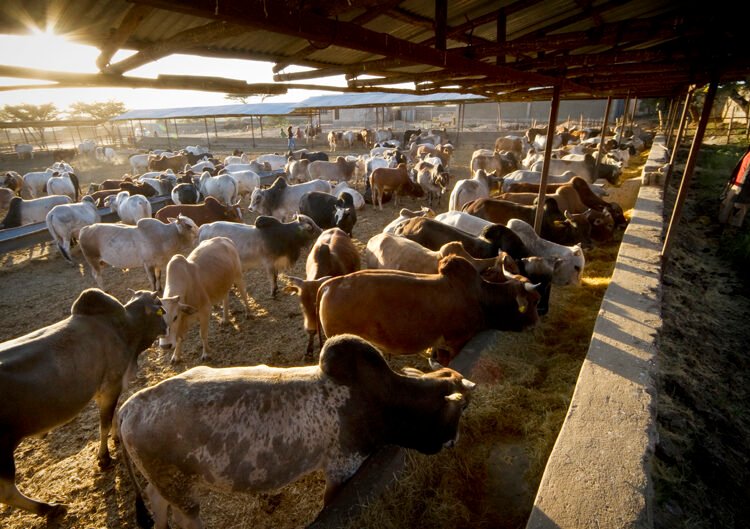The Ethiopian Livestock Development Institute (ELDI) has stated that the country plans to generate $7 billion from exporting 2 million tonnes of animal products within the next ten years.
According to the ELDI, the East African country did not make much money much from exporting animal products within the last decade, earning only $1 billion despite having ample animal resources. Ethiopia comes in sixth, when ranking countries that have the most animal resources globally, with the country stated as having the potential to export 200,000 tonnes of meat annually.
The desire to generate more income through animal products exports has led to renewed efforts to boost income in the sector, with the creation of a target to export 2 million tonnes of processed animal products within the next decade.
Additionally, the Ministry of Agriculture launched a “National Red Meat Strategy” in November 2022, in a bid to boost red meat production, develop the meat markets and feed industries, and increase meat export.
The Ministry also set a 4-year plan to enhance dairy and poultry production, eyeing an annual production of 10.3 billion litres of milk for the next four years. This will improve on Ethiopia’s milk production for 2021, which sat at 5.8 billion litres.
To achieve this goal, Ethiopia’s government plans to increase veterinary services, train smallholder farmers, and also increase the supply of inputs like animal feed. The Ministry of Agriculture, however, has begun working to increase chicken production to 240,000 tonnes, and egg production to over 9 billion per year.
The Ministry’s goals are part of the nationwide, Lemat Terufat poultry, dairy, and honey production development program launched by Prime Minister Abiy Ahmed in November 2022. Lemat Terufat aims at increasing Ethiopian export earnings, ensuring food and nutrition security, and producing products that substitute import items.






























































